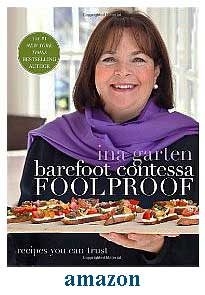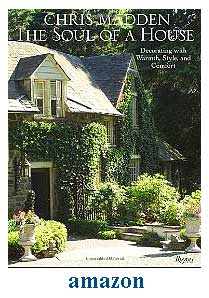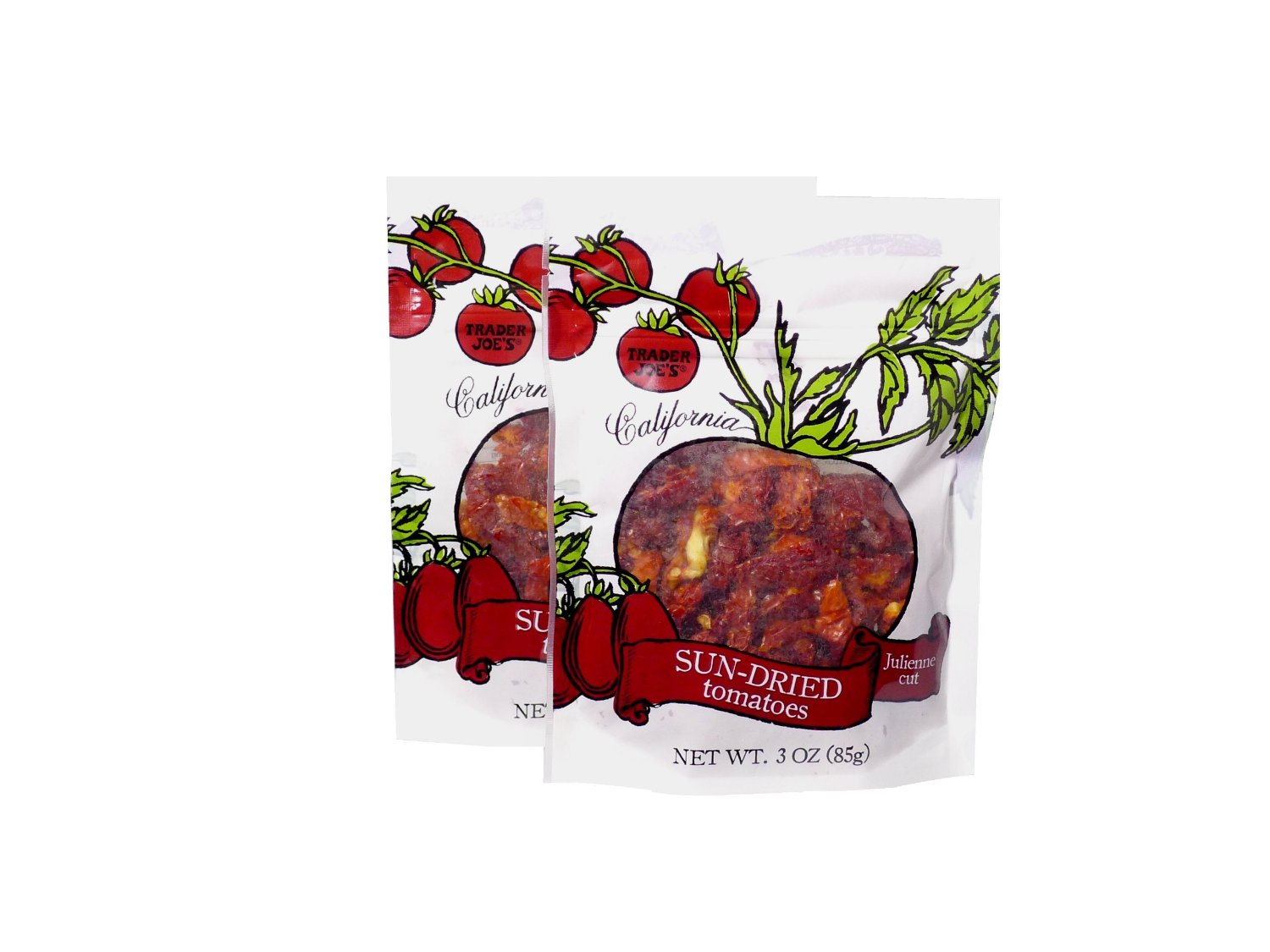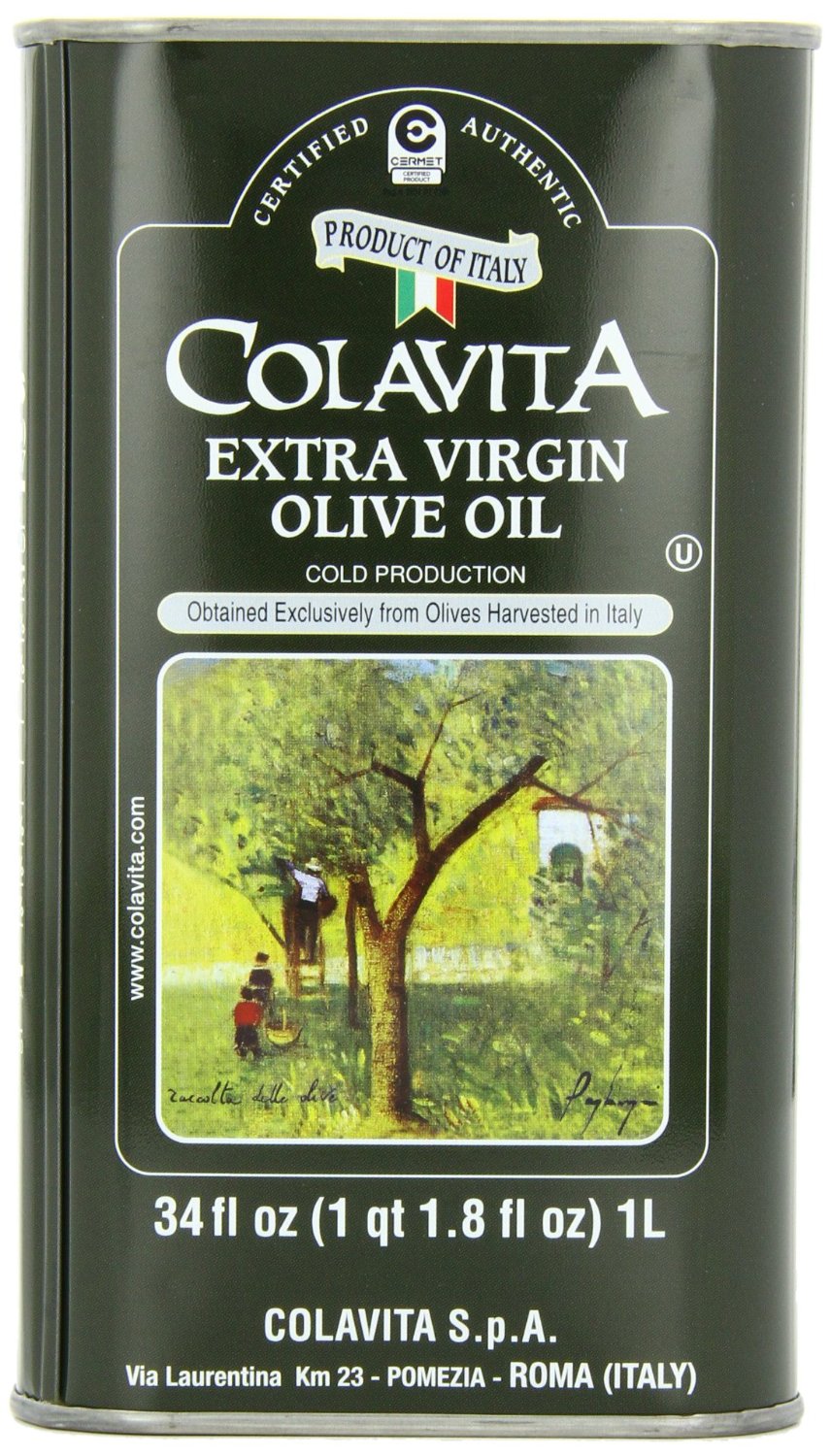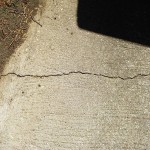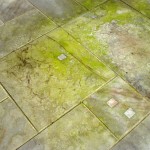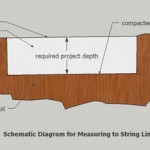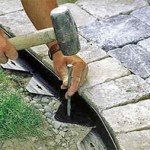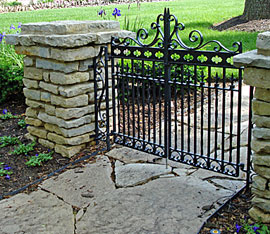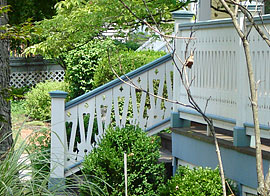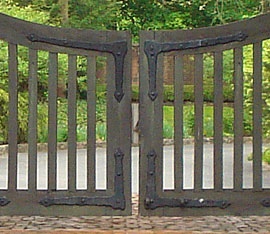Suburbia loves thick, green lawns. Feeding (fertilizing) grass with the nutrients that it needs is vital to a healthy lawn – one that has the ability to grow dense to crowd out weeds, and has strong deep roots to survive dry conditions. Find out what formulation is best to use and why.
It’s pretty basic – lawn fertilizer is plant food for your grass. According to the University of Minnesota Extension, plants need about 18 different nutrients, many which are needed in only trace amounts, and which plants can get from natural soil processes, and from water.

The three nutrients that grass needs in greater amounts than that which is typically available in the soil are nitrogen, phosphorus, and potassium. An application of fertilizer with these nutrients is just what a lawn needs to stay healthy. These nutrients are designated on the fertilizer bag as N, P, and K, respectively, and their quantities are indicated as a ratio to one another.
University of Illinois Extension recommends the following formulation and ratio of fertilizer to use in the fall:
“Top quality lawn fertilizers contain slow-release or controlled-release nitrogen. Look on the label for slow-release forms such as ureaform, sulfur-coated urea, milorganite, and IBDU. These forms stimulate uniform growth over a period of time and are less likely to burn the grass. However, do not expect the quick green up caused by fast-release forms. Slow-release formulations are more costly but worth the price for the improved health of your lawn.
In early fall use a regular lawn fertilizer with N-P-K ratios of 3:1:2 or 4:1:2. For example, a bag may list 21-7-14 or 32-8-16. Amounts don’t need to be exact but should be similar to the suggested ratios. Hold off on applying “winterizer” fertilizers until late October or early November.”
You can buy plain lawn fertilizers without the insecticides and herbicides in the mix. Lawn fertilizers are readily available in most home improvement and hardware stores, and garden centers. But if you prefer, they are also available with the insecticide and/or herbicide formulas.
For those homeowners who don’t like using chemical fertilizers, there are manufacturers, such as Gardens Alive, that make organic lawn and garden products. Very often you’ll find that stores carry a brand of organic products.
Before fertilizing your lawn in the fall or in the spring, performing core aeration to your lawn has health benefits, too. Then you can follow with the fertilizer application.
Whether you fertilize your lawn yourself, or have a lawn service do it, you can’t go wrong feeding your lawn the nutrients it requires. A healthy green lawn is a beautiful accent to your outdoor living areas, and it can improve the overall appearance of your property all year long.




